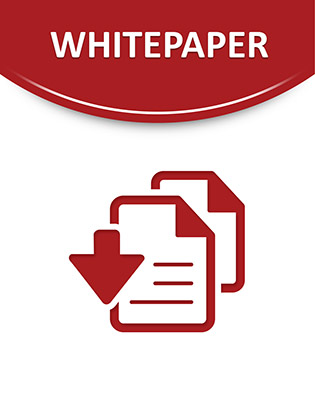ITIL and ITSM: How IT is becoming more service-oriented

According to analyst Gartner, the combined impact of innovations such as low-code tools, machine-learning-assisted development and self-service consumption models is leading to a redefinition of the role of central IT. The IT function is shifting away from being organised as a “factory” to deliver software products towards a service provider approach.
“What we see is that central IT starts to provide the business organisation with enablement services such as platforms, training, consulting and support. They are also in charge of overall governance.” says Yefim Natis, distinguished research vice president at Gartner.
The IT Infrastructure Library (ITIL), which provides a framework to help IT leaders manage IT departments for the business, is evolving to support this. The ITIL framework is managed by Axelos, a joint venture between the UK’s Cabinet Office and Capita. In a blog post on the Axelos site, looking at how the framework is evolving to support new working practices in IT, Christian Nissen, owner and senior consultant of CFN Consult wrote: “In truly service-oriented organisations, best practices such as ITIL are there to help customers co-create value in IT products and services. And this is about looking at service outcome and experiences – ‘How do I create true business value and how do I design for the best interaction between the service provider and the consumer/user?’”
By optimising the service interaction between provider and customer, Nissen believes it is possible to create more value.
According to Axelos, IT service management (ITSM) is a concept that enables an organisation to maximise business value from the use of IT. ITSM includes all the discrete activities and processes that support a service throughout its lifecycle, from service management to change management, problem and incident management, asset management and knowledge management.
ITIL effectively provides ITSM with a framework for continuous improvement. With the advent of artificial intelligence (AI), some ITSM tasks can be automated. For instance, a chatbot could be deployed instead of using human IT support staff to solve common IT support issues.
Tendring district council is an example of a local authority using IT service management to support digital transformation and become more customer focused. The council provides a full range of services to 145,000 residents in the north east of Essex. Covering rural districts, the holiday resorts of Clacton, Frinton and Walton, along with the port of Harwich, its population grows significantly in the summer due to tourism. The service desk supports over 750 staff, including 60 councillors, located across 20 sites. The council has a transformation programme, which includes the implementation of new unified messaging services via Skype for Business and supporting greater mobile and remote working. An effective IT service desk is key to underpinning the transformation.
“We see the service desk as IT’s shop window, as it can often be the only direct contact that end-users have with our team,” says Judy Barker, information governance & IT services manager at Tendring District Council.
She says that the council implemented Sunrise ITSM when returning to an in-house delivery model, after outsourcing IT services for 23 years. “We wanted to provide an efficient, effective and proactive service when we moved back to an in-house model. Sunrise enables us to successfully deliver a good quality of service to our customers, helping the council to achieve its objectives and in turn deliver the best possible service to Tendring’s citizens and visitors.”
